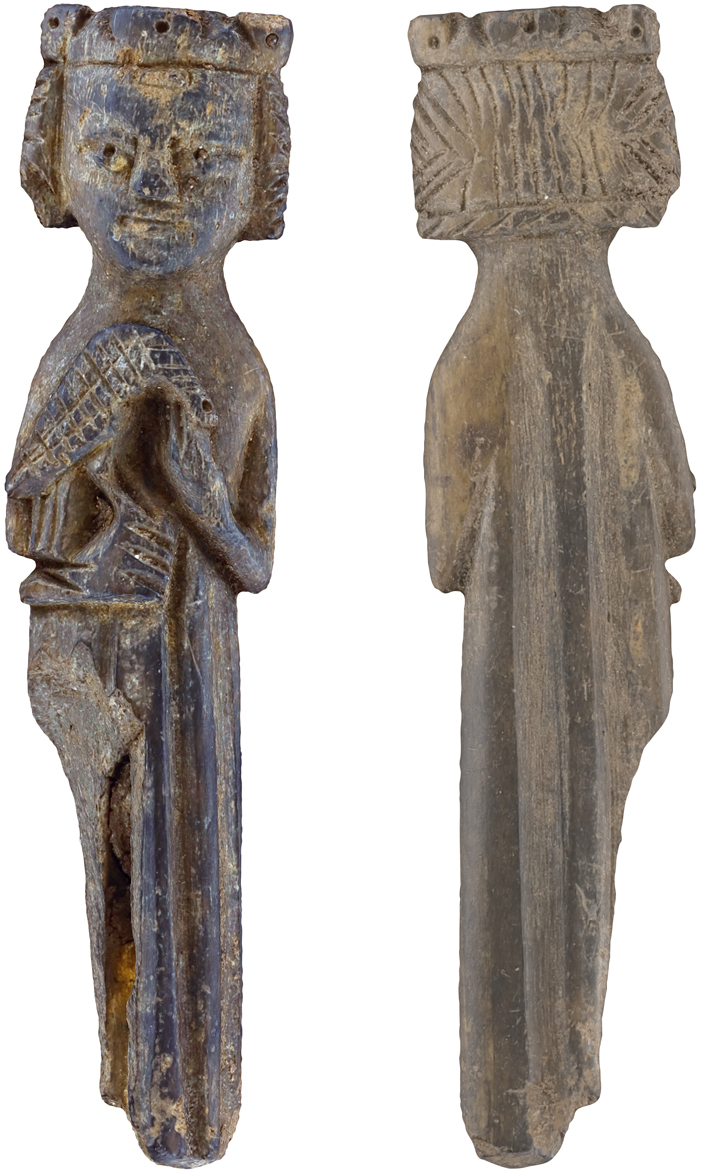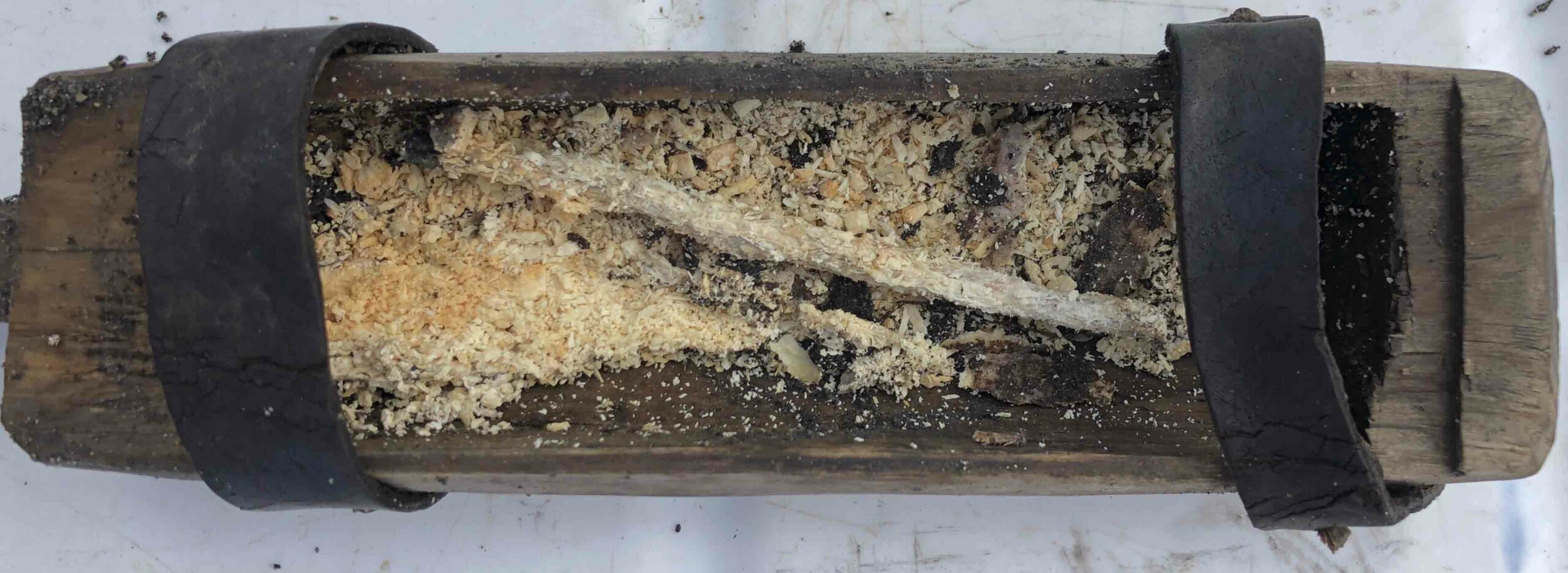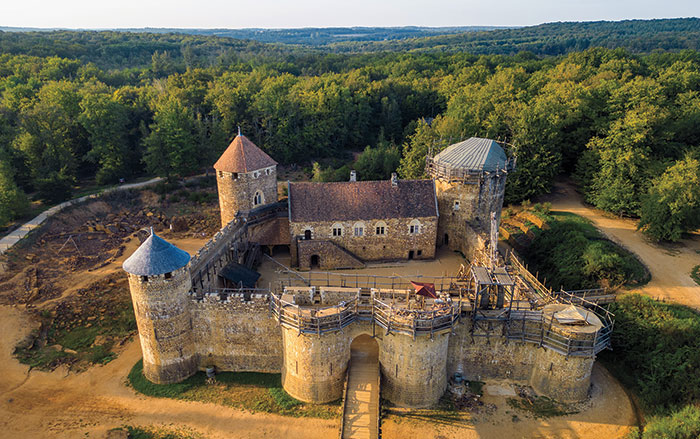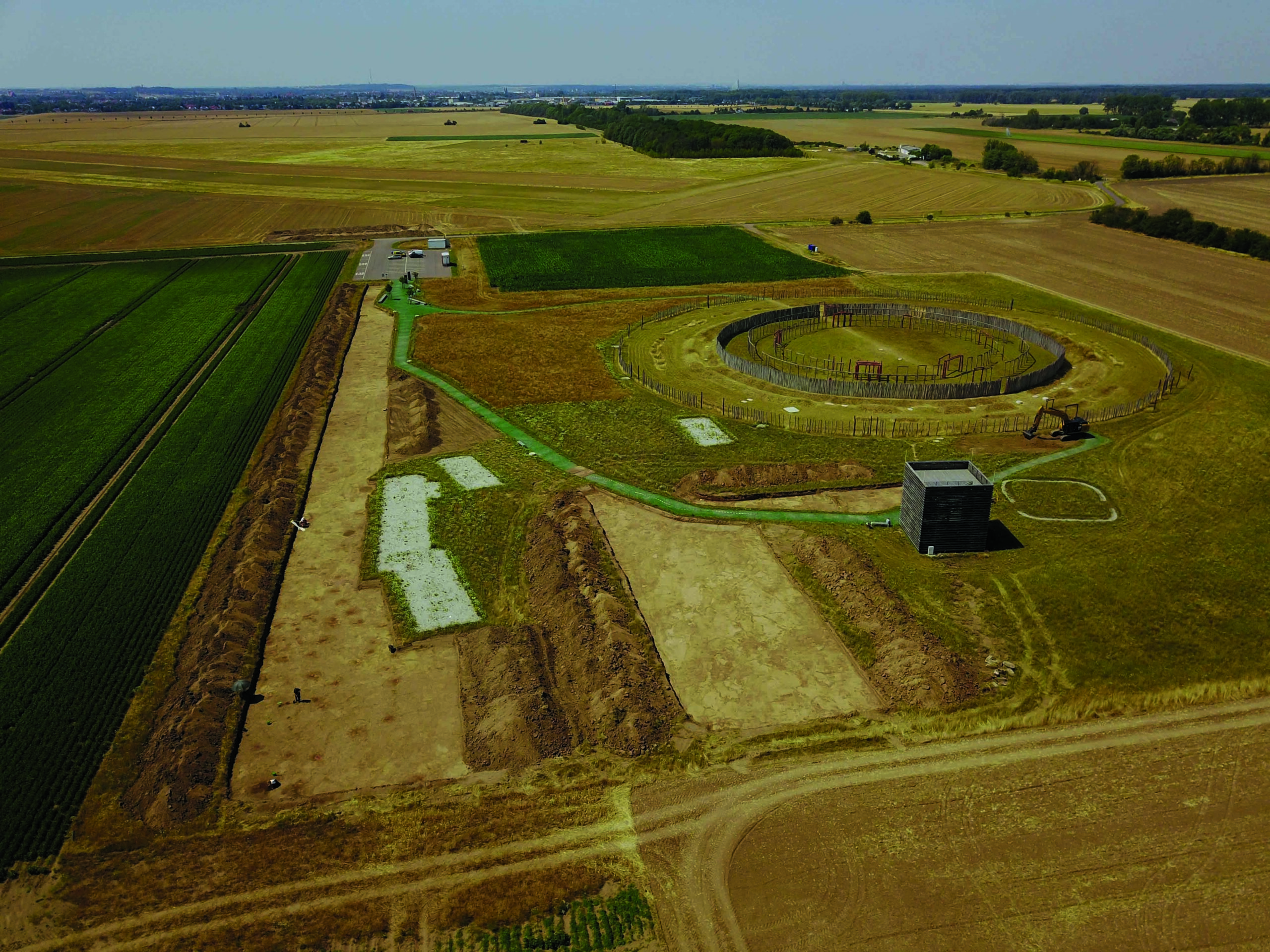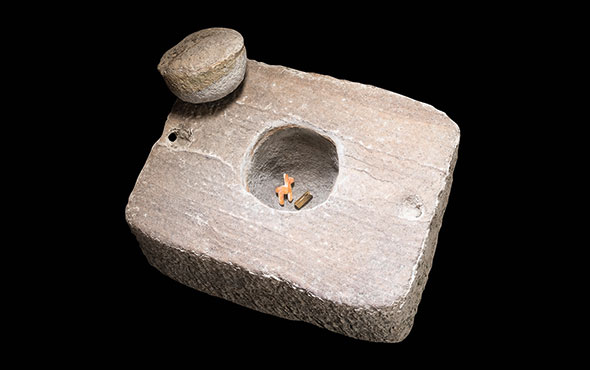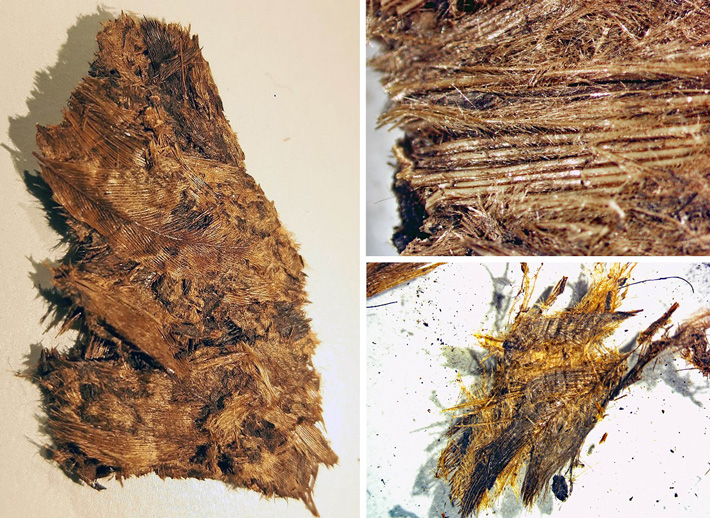
TRONDHEIM, NORWAY—According to a statement released by the Norwegian University of Science and Technology, Birgitta Berglund and Jørgen Rosvold identified the birds that contributed feathers to the bedding recovered from two boat graves dated to between A.D. 600 and 700 at Valsgärde, a cemetery of more than 90 graves in central Sweden. It had been previously thought that the feathers could have been imported from eider duck farms in northern Norway, but the analysis revealed that the bedding was made with feathers from geese, ducks, grouse, crows, sparrows, waders, and eagle owls. These choices could have held symbolic meaning, Berglund said. In Nordic folklore recorded in the eighteenth century, she explained, feathers from owls and birds of prey and domestic chickens could prolong the struggle against death, while goose feathers could help the soul to be released from the body. These beliefs may date back to prehistory, Berglund said. Read the original scholarly article about this research in the Journal of Archaeological Science: Reports. To read about grass bedding used by dwellers in South Africa's Border Cave up to 200,000 years ago, go to "Paleolithic Bedtime."


